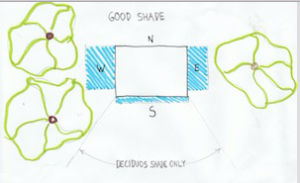
Passive solar design usually describes heating strategies for colder winter months. By concentrating windows on the south sides of a home, the sun provides free heating. Our passive solar design post explores the most important details for getting free heat from the sun with a home’s design. Passive solar cooling blocks undesirable heating.
With increasingly hot summers it’s important to be aware of passive solar design strategies which exclude the summer sun, increasing comfort and decreasing the use of Air-Conditioning AC, an energy intensive process that usually relies on dirty fossil fuels. Keeping cooler in the summertime without AC is a more holistic look but here we focus on blocking the summer sun which helps reduce energy use and increases comfort for existing and new construction.
Before AC, people were better at paying attention to the path of the sun. Usually it meant stretching the shape of the house from east to west and planting shade trees. This simple strategy makes a lot of sense and doesn’t conflict with modern AC use. Vernacular construction relied on summertime passive solar design.
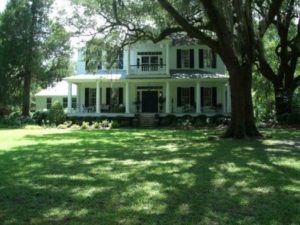
Big, established shade trees often make existing homes more comfortable than newer construction. West is the most important direction to address but shading the east and roof helps too. Distance from tree to house, fast growing shade tree species, and how branches are allowed to grow over the roof are debatable details. Gutter cleaning, danger of falling limbs and unwanted shade on PhotoVoltaic PV panels are reasons to not let trees dominate the sky around a home.
Despite risks and extra maintenance, shade trees can strongly influence comfort and AC use. At my older home, I can’t bring myself to axing a notorious paper mulberry, an aggressive, invasive tree in our region. Each year it provides substantially more shade, helping eliminate needs for an extra window AC unit on the home’s west end. I can now quickly cool my entire 1920s home with a single, antiquated window AC unit, due to the home’s small size, excellent weatherization and thanks to the invasive mulberry and silver leaf maple tree, keeping west, east and roof well shaded throughout the day. Future renovation plans include removing both trees and using PV panels as the primary shade.
New homes have more opportunity than existing homes. Much as windows are the focus for passive solar heating, they can be the biggest contributors to summer heat gain when a home is designed poorly with the sun. The vernacular solution for stretching a home’s shape from east to west reduces wall area but more importantly window area directly facing the rising and setting sun. Narrower ends of the home are easier to shade with design solutions and landscaping.
Bright white metal roofs with high levels of insulation better resists undesirable heating of intense summer sunshine. It should go without saying (but doesn’t) that new construction includes building envelopes with international code or better levels of insulation and most importantly, meets the required blower door test minimums. Existing homes may benefit from weatherization with or without the help of a home performance contractor.
West, east windows and walls benefit from deep overhangs like those provided by covered porches and well shaded pergolas. Smaller, slower growing landscaping can easily be used to shade out the low angle summer sunlight that sneaks under overhangs and roofs in the morning, late afternoon and evening. Garages and carports are also good design solutions for east and west ends of homes to better block the sunlight.
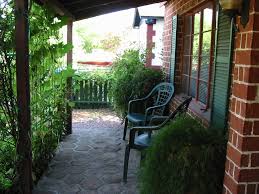
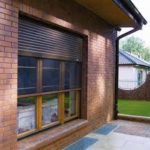
On a recent trip to Germany, I was impressed with the quality of the windows and how most new homes and buildings included exterior rolling shutters or blinds. Typical interior blinds don’t do much for keeping out heat from sunshine but exterior systems are extremely effective and can increase security. Some systems are motorized and can be programmed based on time of day.
In architecture courses I took for my construction degrees, we were encouraged to create homes and buildings that were efficient without aid of landscaping and plantings. It’s a wise philosophy as landscaping takes time to develop and depends on future maintenance. Most construction materials need to be careful with plantings impeding their ability to dry out.
As my horticultural skills increase and more landscape architects are available I’m looking to increase the interactions of nature and our built environment. Passive solar design for heating in winter and preventing summer heat are increasingly attractive strategies. Opportunity exists for landscaping and plantings to provide not only important shade, but food, privacy and aesthetics. PV panels provide shade and electricity. It’s nice to take the powerful summer sun, which might be a negative influence, and turn it into something more positive and attractive.
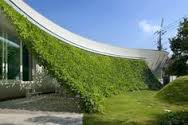
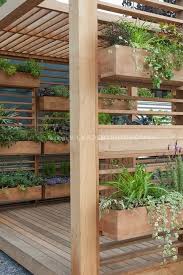
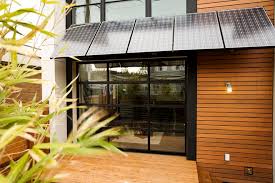
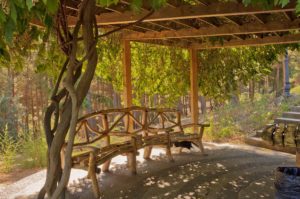
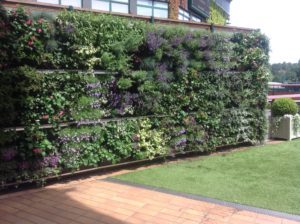
Brian Knight is owner of Springtime Builders, Asheville NC Green Builders.

